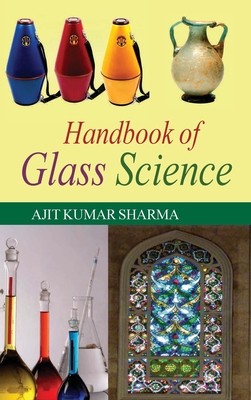
- We will send in 10–14 business days.
- Author: Ajit K Sharma
- Publisher: DISCOVERY PUBLISHING HOUSE PVT LTD
- ISBN-10: 9350560941
- ISBN-13: 9789350560945
- Format: 15.2 x 22.9 x 1.6 cm, hardcover
- Language: English
- SAVE -10% with code: EXTRA
Reviews
Description
A glass is an amorphous (non-crystalline) solid material. Glasses are typically brittle, and often optically transparent. Glass is commonly used for windows, bottles, modern hard drives and eyewear, and examples of glassy materials include soda-lime glass, borosilicate glass, acrylic glass, sugar glass, Muscovy-glass, and aluminium oxynitride. The term glass developed in the late Roman Empire. It was in the Roman glassmaking center at Trier, now in modern Germany, that the late-Latin term glesum originated, probably from a Germanic word for a transparent, lustrous substance.
EXTRA 10 % discount with code: EXTRA
The promotion ends in 18d.22:05:40
The discount code is valid when purchasing from 10 €. Discounts do not stack.
- Author: Ajit K Sharma
- Publisher: DISCOVERY PUBLISHING HOUSE PVT LTD
- ISBN-10: 9350560941
- ISBN-13: 9789350560945
- Format: 15.2 x 22.9 x 1.6 cm, hardcover
- Language: English English
A glass is an amorphous (non-crystalline) solid material. Glasses are typically brittle, and often optically transparent. Glass is commonly used for windows, bottles, modern hard drives and eyewear, and examples of glassy materials include soda-lime glass, borosilicate glass, acrylic glass, sugar glass, Muscovy-glass, and aluminium oxynitride. The term glass developed in the late Roman Empire. It was in the Roman glassmaking center at Trier, now in modern Germany, that the late-Latin term glesum originated, probably from a Germanic word for a transparent, lustrous substance.


Reviews